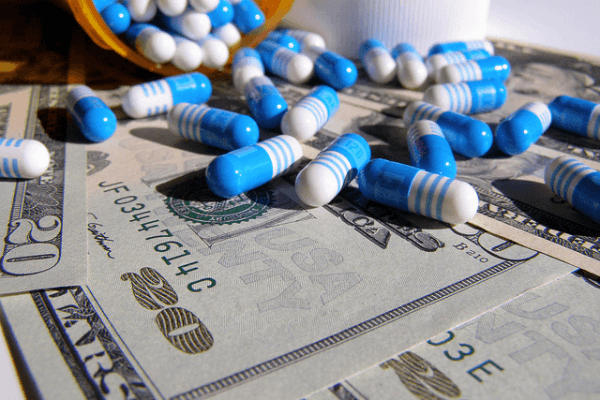In the complicated world of drug abuse, recreational users may turn to any substance they find available, including over-the-counter cold medications, leftover prescription drugs, and other illicit substances prevalent in the media like heroin and cocaine. Among these modes of drug abuse, ordinary prescription medications are less commonly examined; such medications may require approval from a doctor before purchase, but can also be found in family medicine cabinets or through peers in possession of the drugs. According to the National Center on Addiction and Substance Abuse, three of the most commonly abused prescription medications are depressants, opioids, and stimulants.
Image Source: Phil Walter
Depressants are a type of medication that reduce brain activity, and are often used to treat those with seizures, anxiety, or trouble sleeping. Some well-known examples include Xanax (alprazolam), Amytal (amobarbital sodium), and Zyprexa (olanzapine); these medications are used as anti-anxiety remedies, sedatives, and antipsychotics, respectively. In recreational use, depressant drugs are sometimes called “downers.” Whether used medically or recreationally, depressants have the same effect of slowing brain activity, and higher doses can impair memory and judgment as well as cause irritability.
Opioids are commonly used for the treatment of pain. Examples of opioids include codeine, Oxycontin (oxycodone), and Vicodin (acetaminophen and hydrocodone). Opioids are usually prescribed for their effects in reducing pain, though they also activate reward associated parts of the brain; thus, they are often abused to produce feelings of euphoria.
Image Source: Don Farrall
In contrast to depressants, stimulants are a type of medication that increase brain activity. They are usually prescribed to increase concentration and focus and are often used to treat those with ADHD. Because of this effect, they are sometimes referred to in recreational use as “uppers.” Two common stimulants are Ritalin (methylphenidate) and Adderall (amphetamine and dextroamphetamine). Stimulants excite the nervous system in regions associated with concentration, which makes them appropriate for the treatment of attention deficit disorders. However, this increase in neural activity also increases the level of reward associated chemicals in the brain, causing a euphoric state similar to opioids. These euphoric effects make them appealing for recreational use.
Due to the wide range of medications, there are many types of drugs available that are subject to abuse. When consuming any sort of medication, it is important to always consult a physician first and to never take more than the recommended dose.
Featured Image Source: Prescription Prices Ver3 by ccPixs.com










